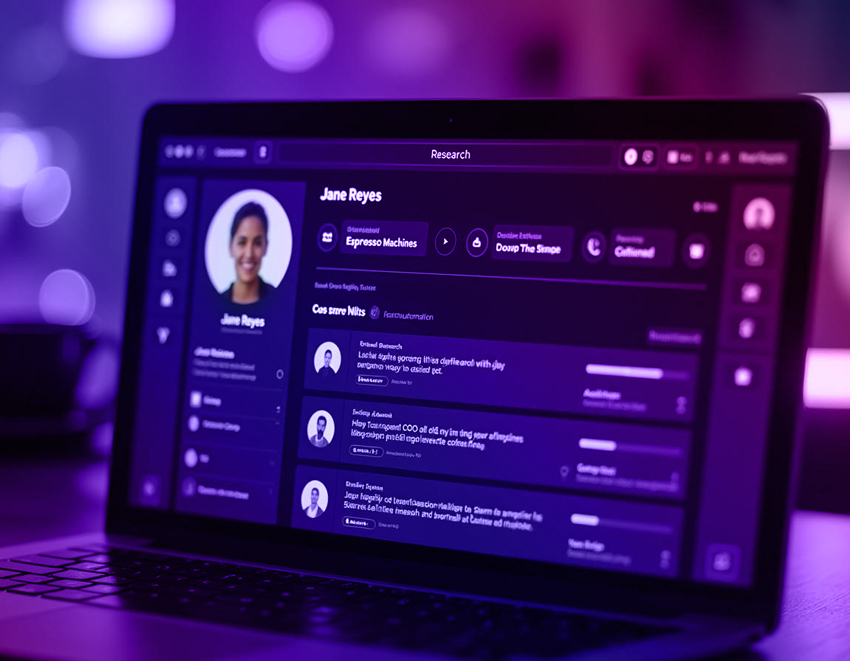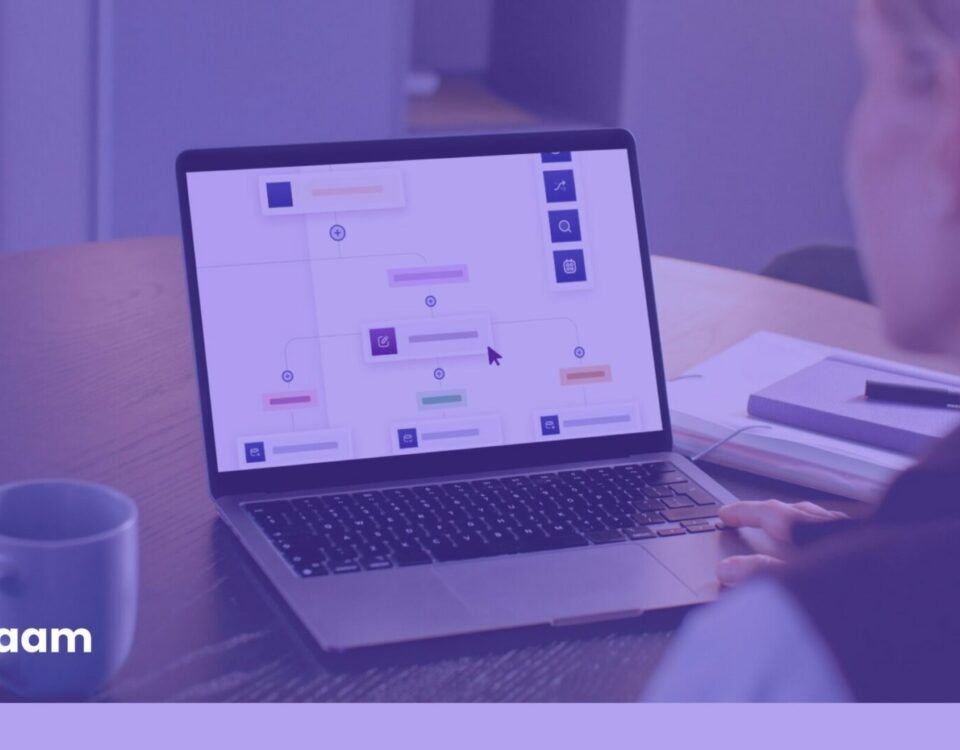The third wave of AI is here. If you didn’t realise AI has evolved in phases, here’s a quick recap.
The first wave of AI was all about rules
These systems followed strict, hand-coded instructions to process information and make decisions based on predefined logic. While useful, they were rigid and couldn’t adapt to new situations. Think of early expert systems in healthcare that provided diagnoses based on a fixed rulebook or basic chatbots that could only respond to specific commands. These were intelligent in a limited way, but lacked true flexibility.
The second wave introduced machine learning
This breakthrough allowed AI to recognise patterns, classify information and improve over time. Instead of relying purely on pre-set rules, these systems could analyse large amounts of data, learn from examples and make predictions. This is what powers modern speech recognition, image classification and recommendation algorithms. However, while these systems can process information and learn from data, they are still reactive and require human input to define tasks and goals.
Now, the third wave has arrived: AI agents
Agentic AI refers to artificial intelligence systems that can act independently to achieve specific goals without continuous human supervision. Instead of passively analysing information, AI agents will be able to take action, set and adjust their own goals, and make independent decisions with minimal human oversight.
This is a major leap from traditional automation, with the potential to create business process automation systems that are intelligent enough to proactively solve problems and manage complex tasks from end-to-end, collaborating with both humans and other AI systems in a way that feels more independent than ever before.
We are at the very beginning of what is possible with agentic AI, and the knowledge and skills required to transform agents into even partially autonomous tools is highly technical. That said, what is possible today is exciting, and traditional automation and AI can still be used to supplement early agentic work. In most cases, agents are not yet able to be fully agentic, and to get them partially autonomous takes a lot of skill and knowledge.
What’s coming down the line, however, is the really thrilling stuff.
“What’s even more exciting is where we’re headed: self-adaptive agents enabled by multi-agent reasoning—agents that can learn from their environment, improve through experience, and collaborate both with humans and agents from our enterprise customers, partners, vendors, and even the personalized AI assistants of consumers, which are becoming a bigger part of their lives every day.” – Salesforce
Are AI agents similar to ChatGPT?
As outlined in the Harvard Business Review, there are three key ways in which AI agents differ from generative AI models like ChatGPT:
- Purpose:
AI agents are designed for decision-making rather than content creation. - Proactivity:
They don’t wait for human input to operate. Instead, they are designed to pursue specific objectives on their own, such as increasing sales, improving customer satisfaction or streamlining supply chains. - Ability to multitask:
Unlike ChatGPT which primarily generates text or media, AI agents can perform multi-step tasks autonomously. This includes retrieving data, searching databases and activating automated processes to complete complex workflows.
What does an AI agent do?
An AI agent goes beyond simply generating content – it thinks, decides and acts independently to achieve specific goals. For example, businesses often store customer information in different places, including emails, spreadsheets, databases and CRM systems. ChatGPT, if asked, might summarise the information it is given but wouldn’t know which source is the most relevant or up to date. In contrast, an AI agent can analyse multiple sources and determine that the CRM system is the most reliable for current customer data.
AI agents can also learn and align with a company’s values and brand identity, ensuring their decisions reflect business priorities. While ChatGPT responds based on past training data and user prompts, AI agents proactively follow company policies, ethical guidelines and real-time business needs when making decisions. This creates the potential for output that is more contextual and relevant.
Because of these abilities, AI agents are well suited for business process automation cases where independent decision-making (with some human oversight) is required.
AI agents: examples
One application of agentic AI that was launched in October 2024, is Agentforce from Salesforce. This AI-powered platform allows businesses to create and deploy autonomous AI agents that handle tasks in sales, customer support, marketing and commerce. These agents can respond to customer enquiries, automate workflows, and support employees by making data-driven decisions. Integrated into the Salesforce ecosystem, Agentforce ensures businesses can optimise operations while maintaining control over AI-driven processes.
Microsoft, on the other hand, is embedding agentic AI into its ecosystem through Copilot, designed to act as a digital assistant that streamlines workplace tasks. These AI-powered agents can automate document creation, summarise emails and meetings, generate reports and create presentations. By integrating AI into tools like Word, Excel, Outlook, and Teams, Microsoft is bringing automation directly into the workflow rather than requiring users to switch between platforms.
Going forward, as this technology develops, Microsoft envisions AI agents acting as true personal assistants, helping employees with activities such as planning their day and prioritising tasks, or planning a route through traffic and finding an open parking spot. While some of these capabilities are already accessible, we are still in the early stages of fully autonomous AI assistants that anticipate, adapt and act proactively with minimal user input.
Risks and considerations
While AI agents offer immense potential, they also introduce challenges that businesses must take time to understand and manage carefully.
For instance, their autonomous decision-making raises concerns about transparency. Understanding how an AI agent reaches conclusions isn’t always straightforward, which can create regulatory and ethical risks.
Data privacy is another key consideration, as AI agents rely on vast amounts of information, making strong governance essential to prevent unintended data exposure.
Also, companies should aim to avoid over-reliance on automation, ensuring that AI enhances human decision-making rather than replacing critical oversight.
End to end business critical process automation with Agents is still hard and potentially risky.
How jaam’s agentic AI experts can help
At jaam, we know AI and we know business process automation. Our agentic AI specialists can help your organisation identify the right opportunities for AI agents and bring the technology into your workflows in a way that makes sense and is aligned with your business goals. These workflows can be existing workflows you already have in place with existing technologies and or net new workflows you are looking to build and automate.
Whether it’s making sure automation enhances human decision-making, or simply finding the best way to integrate AI into your existing systems, we’re here to help explore the possibilities.
The expert team at jaam automation can help you to navigate what’s possible today, while planning for what might be possible in the future.
Are you ready to start thinking about what agentic AI can do for your organisation? For help crystalising your thoughts, join our weekly AI drop-in, book a quick chat, or pencil in a call to see whether you are agentic-ready. Visit this page and choose your preference.
“From the early days of mechanical automatons to more recent conversational bots, scientists and engineers have dreamed of a future where AI systems can work and act intelligently and independently. Recent advances in agentic AI bring that autonomous future a step closer to reality.” – Harvard Business Review






